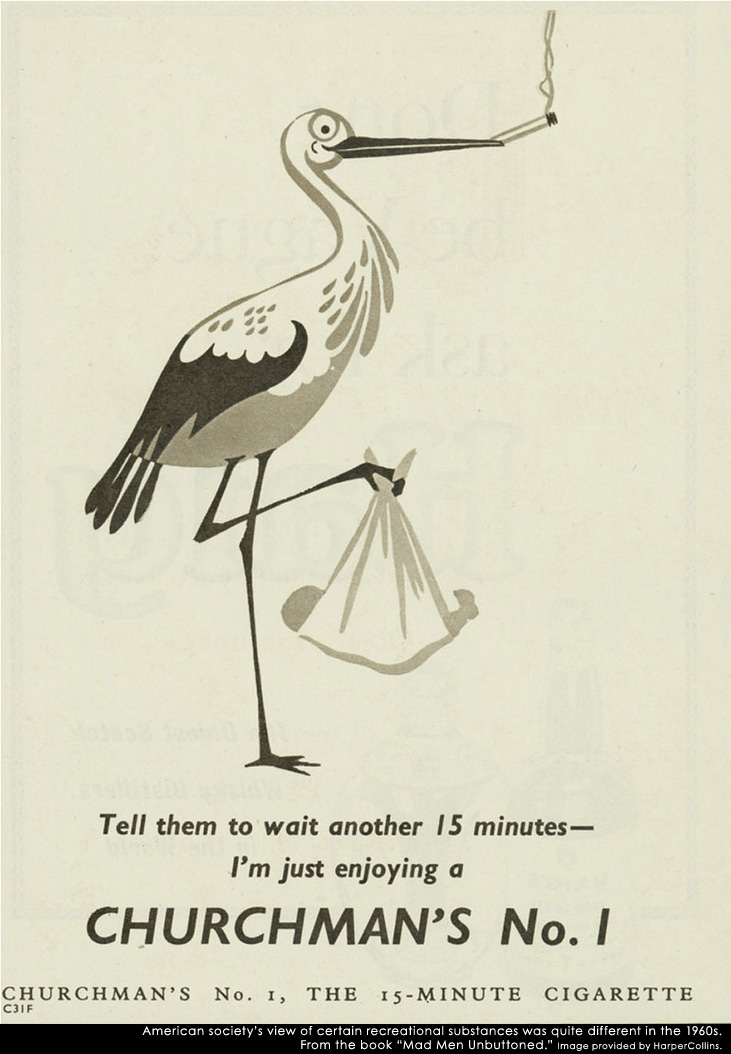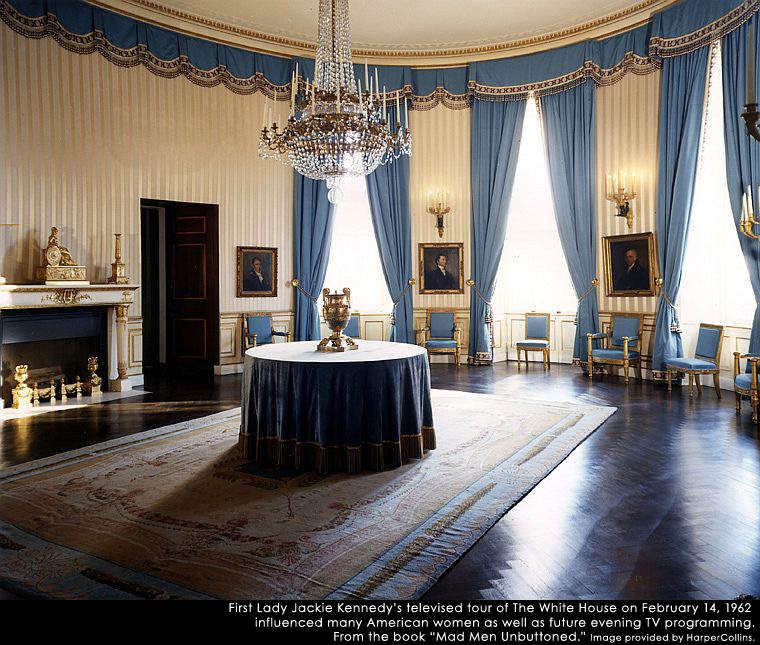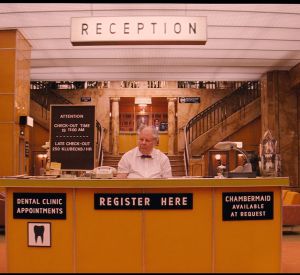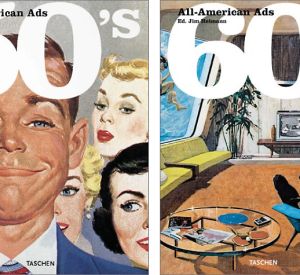Mad Men Unbuttoned – A Romp Through 1960s America
To say the television series “Mad Men” has been influential would be an understatement. Aside from influencing screen drama towards more meaningful storytelling, the show has also influenced fashion, beauty standards, and revived interest in the mid-20th century and the Atomic Age / Lounge sub-culture of today.
“Mad Men’s” approach to history has always been subtle. Its writers don’t “hang a lantern” on historical events and scream “Hey, this is important!” What’s history to us are merely the events of the day to Don, Joan, and Roger. Some of this is important to them (the Nixon / Kennedy election) and some of it is trivial (the first publication of “Lady Chatterly’s Lover” in America.)
As a result, many significant pieces of history and antiquarianism in “Mad Men” are of the “blink-and-you-miss-it” variety. The importance of “The Twilight Zone” TV series was only acknowledged through Paul Kinsey’s brief Rod Serling impersonation. And the influential Port Huron Statement, by the leftist Students for a Democratic Society, was only discussed in the Sterling Cooper bullpen as an approach to sell coffee to young people.
Even if one is not interested in the period, “Mad Men’s” historical tidbits beg further investigation if, for nothing else, one is to appreciate the show to the fullest. To accommodate that comes “Mad Men Unbuttoned: A Romp Through 1960s America” by Natasha Vargas-Cooper.
“Unbuttoned” is a panoply of the 60s broken down into nine categories — Advertising and ad men; fashion, style, and decor; sex; women in the work place; film; literature; culture and counter-culture — each with a series of short essays. Understandably, it omits what “Mad Men’s” New York omits — Modern architecture, rock music, Route 66 and the rise of the automobile in American culture — essentially, most of the American mid-west and west coast.
Fortunately for “Mad Men” fans, the book isn’t limited in the insights of its author. When allowed to delve, Vargas-Cooper does so quite well on the right topic — namely, 1960s advertising and the men who created it: George Lois, Leo Burnett, David Ogilvy, and the inspiration for Don Draper, Draper Daniels. Key ad campaigns are covered — Marlboro, Polaroid, Volkswagen — as is the influence of Sterling Cooper rival McCann-Erickson.
Beyond this, “Unbuttoned” is, depending on one’s viewpoint, a frustrating collection of too-brief blog entries or a wonderfully light Whitman’s Sampler of the American 1960s. Many of the subjects explored could easily support books of their own over and above the few hundred words they are each given here. As a result, many essays read like they were originally longer pieces cut for length. And they probably were. One gets the sneaking suspicion that, behind the scenes, there’s a budget director who should have left the writer alone.
Limited by its page count, “Unbuttoned,” rightly or wrongly, sacrifices depth for grander scope — an additional fifty pages would have been ideal. Despite this, “Mad Men Unbuttoned” is still a decent “beach book” for those waiting for the next season of our favorite show to start.
Collins Design; 2010
Paperback; 234 pages
$16.99 US
ISBN: 978-0-06-199100-4

























